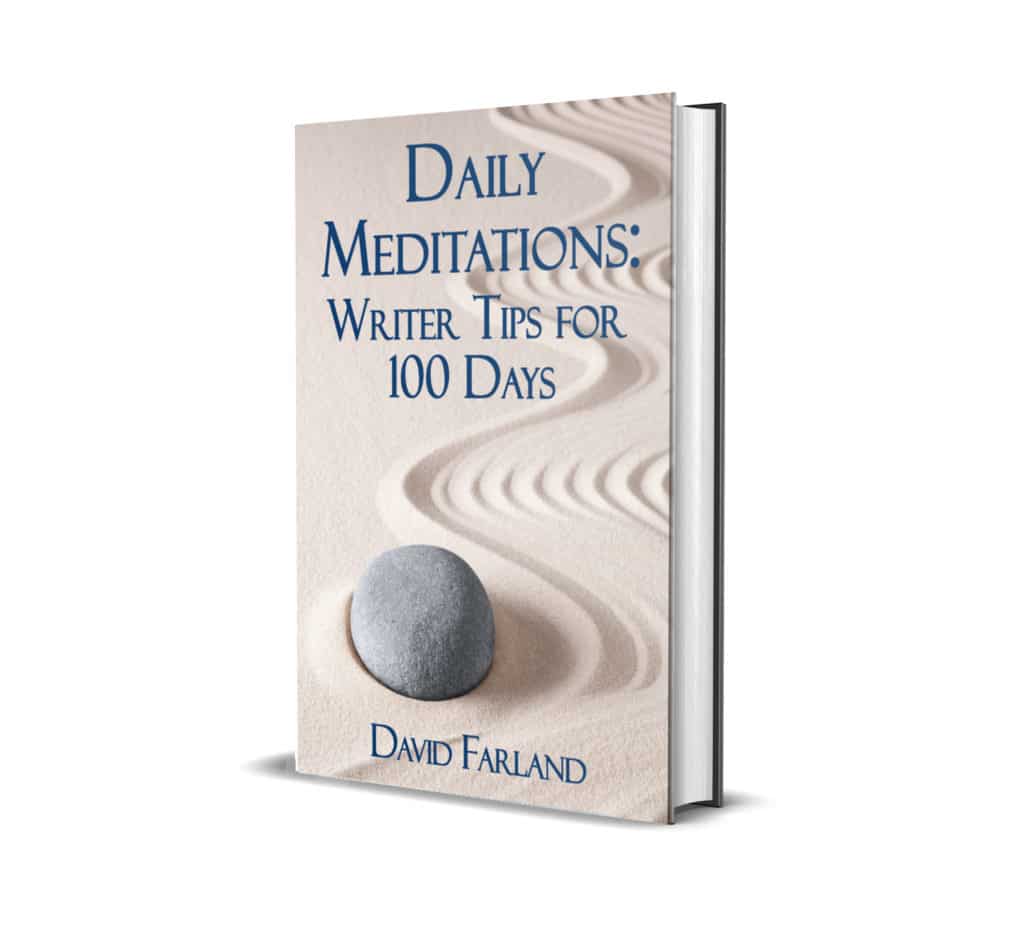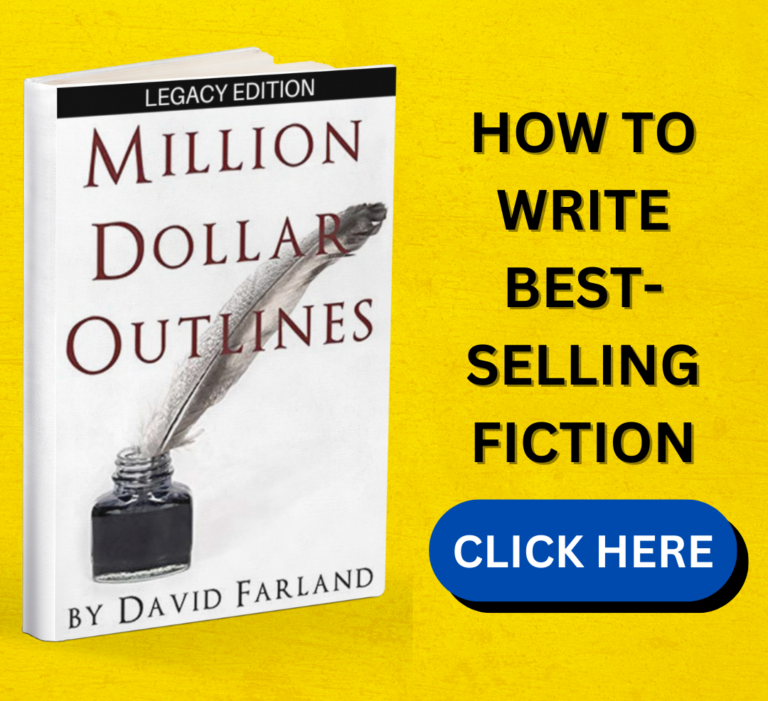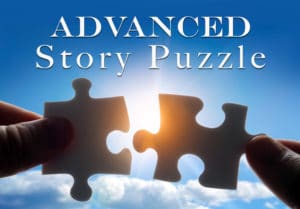When you create a story, perhaps the most monumental decision that you will make is the one regarding your protagonist. How many are there? What ages? Genders? Ethnicities? and so on.
The reason that this is important is that by choosing protagonists, you may be limiting your audience. A few years ago, a survey found that about 32% of men don’t like to read across gender, and 18% of women don’t.
Similarly, studies have found that many children don’t like to read about “babies” who are younger than themselves.
In short, the reader is most likely to attach to protagonists of their gender and of a similar level of maturity. Even readers who are consciously trying to read across gaps find it difficult.
So if I’m writing to a Young Adult audience, I know that my protagonist is 16. Why? Because “Young Adult” is a marketing category for 16-year-olds. Many literary agents will tell you that the biggest mistake you can make as an author is to write a book with a 15-year-old protagonist or an 18-year-old protagonist and hope that it will sell. It’s sort of like entering a cake-baking contest with a pizza. It might be an extraordinary pizza, but it ain’t a cake.
Similarly, when writing middle-grade, your protagonist is 12. If you’re writing “lower middle grade,” ten. If you’re writing upper middle-grade literature, then your protagonist might be fourteen.
In Hollywood, if you’re trying to write a big movie that the whole family will enjoy, you typically have more than one protagonist. The goal is to attract people who are both old and young, male and female. Examples of movies that did it well include the runaway hit Mary Poppins, which had Mr. and Mrs. Banks as older folks, the adorable children as younger protagonists, and Mary and Bert as the thirty-ish protagonists. The movie did extraordinarily well at the box office, won the Oscar for “Best Picture,” and became one of the bestselling films of all time.
The same trick was used of course with Jurassic Park, but was also done with some of the Mummy movies and with “Star Wars: Episode 1” and with “Harry Potter.”
Can you see how by writing to the four pillars, you tap into a huge audience? With Harry Potter, there were teachers and school principals recommending the books to the young kids who were avid fantasy readers. There were kids recommending it to their parents and friends.
Suddenly a book that had an estimated audience of four million in the US (that’s how many middle-grade readers there were), was able to tap into a much wider audience and sell tens of millions of copies. It sold well beyond the bounds of its tiny audience.
But therein lies a danger: I see some new writers who often have “competing protagonists.” For example, I read a proposal recently for a book that had several male protagonists of the same age. That rarely works. The truth is that one of those protagonists will probably be more likeable and interesting to the majority of people, and the rest of the crowd may get in the way, weakening the emotional experience of the novel.
When I am picking my protagonists, I want people who experience the highest highs and the deepest lows. I’m looking for emotional heights and depths, not just age and gender.
Sometimes, I may want an intriguing protagonist, one with a mysterious past or interesting “powers,”—which might include magical abilities.
So before you write a novel, you need to think clearly about who your protagonists will be and why they will capture your reader’s imaginations. When you pick those protagonists, you’re really choosing the size of your audience.
“Want to up your writing game? You can get a dozen online writing workshops and seminars for the Holiday Season for only $139!” https://mystorydoctor.com/pi-the-writers-bundle/







